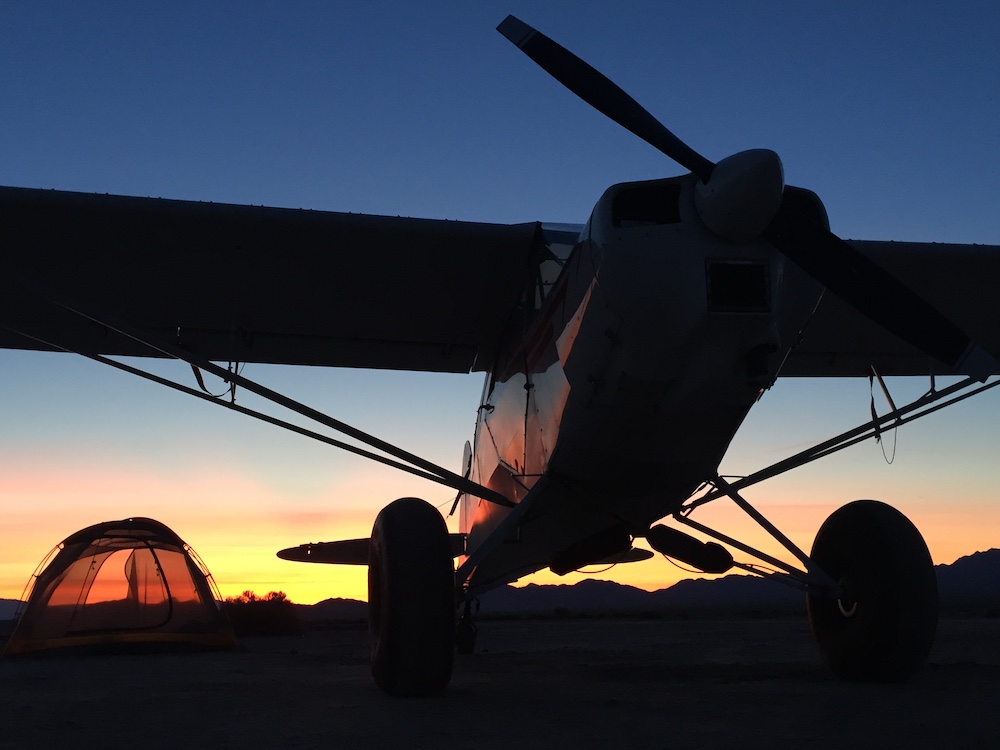BLM INCLUDES AVIATION, SEEKS FURTHER PUBLIC COMMENT ON GRAND STAIRCASE-ESCALANTE DRAFT EIS

“Pilots’ comments on Grand Staircase Escalante National Monument (GSENM) during last year’s Call-To-Action were successful,” RAF Utah Liaison Wendy Lessig reports. “Aviation is specifically mentioned in Chapter 3 of the draft Environmental Impact Statement (EIS) for each of the four management alternatives the BLM is considering. Thank you for your efforts to comment,” she added.
Although the results are favorable, the effort to ensure the future of aviation access isn’t over.
The BLM has opened a 90-day public comment period on the four alternatives and the next step is a series of virtual meetings and in-person meetings that began September 6. The virtual/public meetings are listed here: https://eplanning.blm.gov/eplanning-ui/project/2020343/510
The RAF encourages you to read the Draft EIS, and participate in the public meetings. The BLM is now seeking new information not included before to help them refine their analysis. Your comment should state why something in the Draft EIS should be different, and back up your reason, with particular attention to how backcountry aviation would be addressed in Alternative C – the BLM’s preferred Alternative. Make your voice heard for why the existing, but previously unrecognized airstrips in the GSENM should remain open for unrestricted recreational aviation use. Your comments help ensure historic access to these seven airstrips. Here are talking points:
The Recreational Aviation Foundation has developed MOUs with the BLM to provide cooperative maintenance of backcountry airstrips.
Airstrips are trailheads: aviators are non-motorized recreationists, participating in hiking, camping and other low-impact activities.
Aircraft, which are a type of Off-Highway Vehicle (OHV), cause less soil and vegetation disturbance than all other types of OHVs which have driven tires.
Backcountry airstrips do not require a network of roads and trails to access. A remote airstrip closed to other OHVs could continue to be accessible for recreational aviation use without adverse environmental impact.
Typical backcountry airstrips require less than 2 acres. No additional facilities or infrastructure is needed other than a safe area to take off and land. Backcountry airstrips in the GSENM need only occasional maintenance. Utah Back Country Pilots and the RAF provide maintenance volunteers using hand tools, thereby minimizing environmental disturbance.
The 7 previously undesignated airstrips in the GSENM have only incidental use. For clarity, they are: Bowington, Cedar Wash, Collet Top, Colt Mesa, Grand Bench, Pilot Knoll, and Squaw Bench. When not in use, an airstrip blends seamlessly into the environmental landscape.
Most Utah backcountry airstrips have been in existence since the 1950s, predating the 1964 Wilderness Act. Access and use of these airstrips should be retained.
The 90-day public comment period closes Nov. 9, 2023. Your public comments count. Thank you for helping preserve these unique and priceless backcountry aviation assets. As always, fly with respect for other backcountry users.
Submitted on September 15, 2023
Written by Carmine Mowbray
